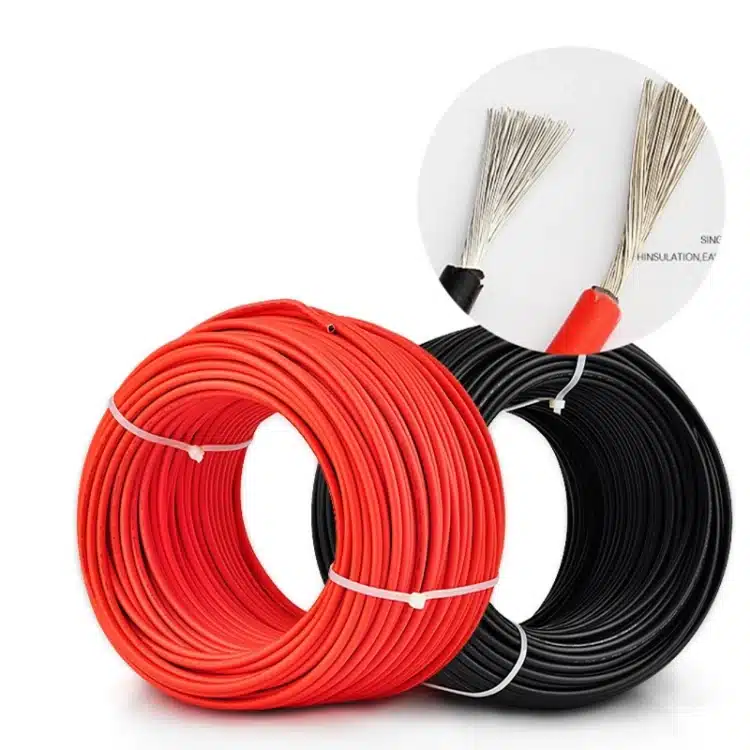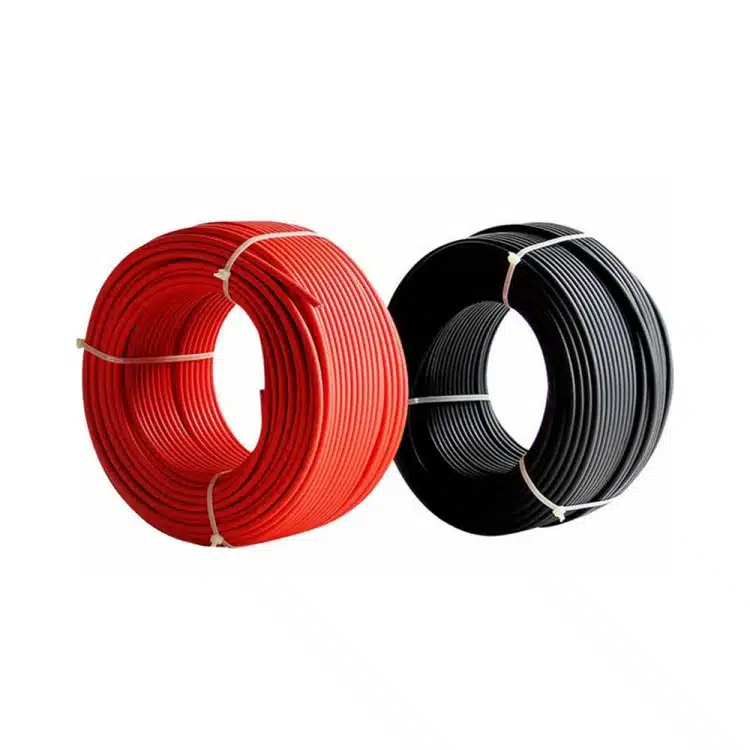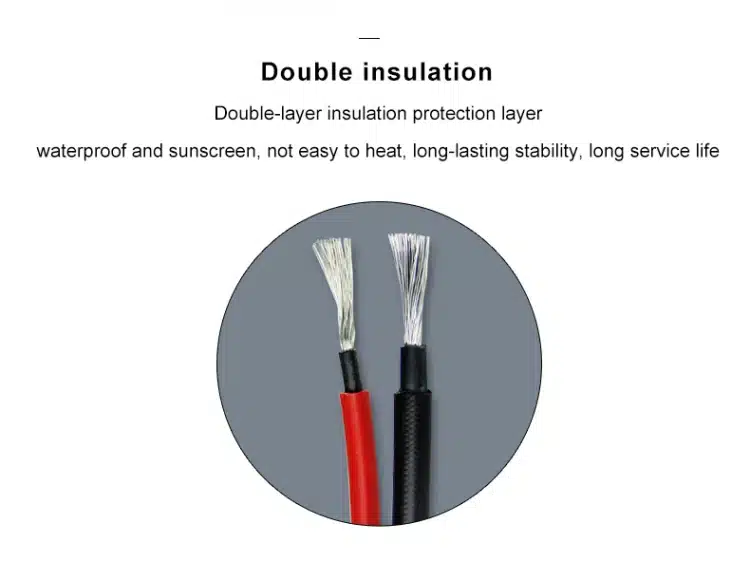
Basic knowledge of photovoltaic cables
2023-12-20
Photovoltaic cable in the solar photovoltaic power generation system, in addition to the main equipment such as battery modules, inverters, step-up transformers, etc., supporting the connection of the photovoltaic cable material on the photovoltaic power generation system operation of the safety, high efficiency and the ability of the overall profitability of the system, also plays a vital role. Therefore, we call PV cable as the pipeline for energy transportation.
Classification of PV cables
PV cables can be categorized into DC cables and AC cables according to their different parts and uses in the PV power generation system.
DC cables are mainly used for: series connection between modules and modules; parallel connection between strings and between strings and DC distribution box (convergence box); connection between DC distribution box and inverter. DC cables are basically used outdoors and need to be moisture-proof, anti-exposure, heat-resistant, cold-resistant, UV-resistant, etc., and some special environments need to be protected against acids and alkalis and other chemicals. AC cables are mainly used for: the connection between inverter and step-up transformer; the connection between step-up transformer and power distribution device; the connection between power distribution device and power grid or users. AC cable and general power cable requirements are basically the same.
Photovoltaic cable selection
Photovoltaic power generation system cable, because of the use of environmental and technical requirements of different parts of the connection has different requirements, the overall factors to be considered are the cable conductivity, insulation, heat-resistant and flame retardant properties, anti-aging and anti-radiation properties, wire diameter specifications (cross-sectional area), line loss and so on. At the same time in the system design and installation process, should also optimize the design, the use of reasonable circuit distribution structure, so that the cable direction as short as possible and straight, to minimize the line loss voltage, to achieve the maximum utilization of photovoltaic power generation, the specific requirements are as follows.
(1) First of all, the voltage withstand value of the cable should be greater than the maximum voltage of the system. Such as 380V output AC cable, you have to choose 450/750V withstand voltage value of the cable. DC systems generally have to choose a cable with a voltage resistance of 1000V.
(2) components and components of the connection between the cable, the general use of components attached to the junction box cable connected directly, the length is not enough can also use the extension cable connection, the extension cable cross-sectional area is generally the same as the component comes with the cross-sectional area of the cable can be. According to the size of component power (maximum short-circuit current), the cross-sectional area of this type of connecting cable has 2.5mm2, 4.0mm2, 6.0mm23 kinds of specifications.

(3) The connection cable between the PV string or array and the controller or DC converter box should also use UL tested or TUV certified PV cable, and the cross-sectional area will be based on the maximum short-circuit current of the array output.
(4) In PV power generation systems with secondary convergence, the cross-sectional area of the PV cable between the DC convergence box and the DC distribution cabinet is generally determined based on the number of converging circuits in the DC convergence box and 1.25 times the product of the maximum short-circuit current of each circuit.
(5) In the system with energy storage battery, the connection cable between the battery and the controller or inverter is required to use UL-tested or TUV-certified multi-stranded flexible wire, as close as possible to the connection. Choosing short and thick cables can make the system reduce loss, improve efficiency and enhance reliability.

(6) AC cable can be selected in accordance with the general AC power cable selection requirements. Selection of photovoltaic cables should consider both economy and safety. Cable cross-sectional area is large, line loss is small, but will increase the line investment; cable cross-sectional area is small, line loss is large, to meet the current-carrying needs, and the safety factor is small. In the selection of photovoltaic cable, the best way is to select the cross-sectional area of the cable in accordance with the economic current density of the cable.
